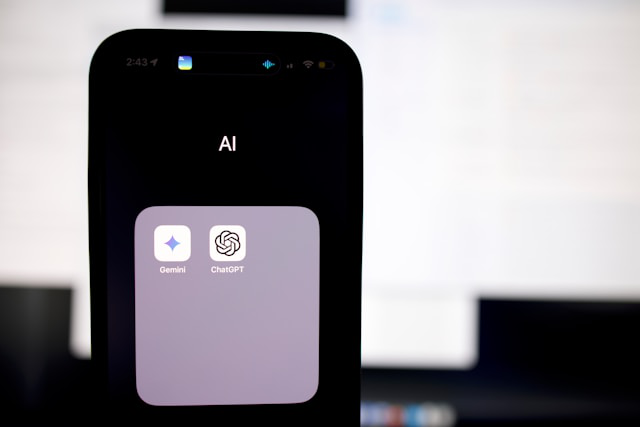Although employers want tech expertise, ‘communication’ remains most in-demand skill, analysis shows
06/05/2025
By Carolyn Crist
Specific technical skills and broad soft skills are driving workforce demand in 2025, Aura Intelligence says.
Across millions of job postings, employers are seeking a wide range of skills in 2025, including specific technical skills around generative AI and soft skills that help employees adapt to change, according to a Jan. 6 report from Aura Intelligence, a workforce analytics platform.
Soft skills, in particular, remain in high demand, with communication skills being the top skill requested across nearly 2 million job postings in December 2024.
Still, a balance of hard skills and soft skills on applicant resumes will most likely appeal to hiring managers and applicant tracking systems this year, the report found.
Read More Here.
Image by Unsplash










